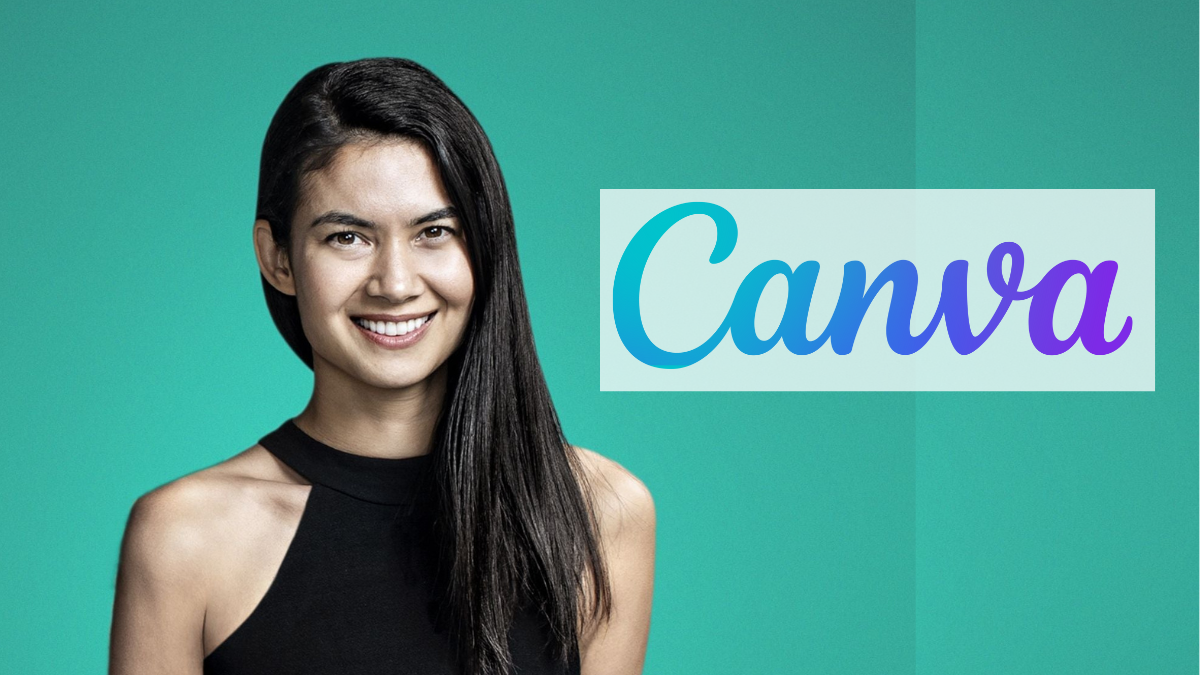In 2007, a 19-year-old student at the University of Western Australia began noticing a recurring problem among her peers. While teaching fellow students how to use complex design software like Adobe Photoshop and InDesign, Melanie Perkins realised that even basic design tasks often required steep learning curves.
That insight eventually laid the groundwork for what would become Canva, a design platform now used by over 220 million people in 190 countries. But its rise wasn’t preordained. What started as a niche yearbook tool in Perth, Fusion Books, evolved, through persistence and a series of rejections, into one of the world’s most widely used design tools. Today, Canva competes with legacy giants in the design space not by mimicking them, but by removing the very complexity they built their reputations on.
A long arc, not an overnight success
Before Canva became a buzzword in startup and creator circles, Perkins and co-founder Cliff Obrecht spent years building Fusion Books, a simple web tool that allowed school students to design and print their own yearbooks. The venture gained some traction across Australian schools, but the pair always believed its potential extended far beyond classrooms.
Even so, convincing investors was difficult. The founders faced over a hundred rejections before finally raising $ 0.98 million in seed capital in 2012, an amount that included a government grant. That same year, they brought on Cameron Adams, a former Google engineer, as co-founder and Chief Product Officer. Canva launched publicly in January 2013. The pitch was straightforward: a web-based, drag-and-drop design tool that anyone could use, no technical skills required.
A platform that grew with its users
But what helped Canva transition from a useful tool to a full-fledged platform was its ability to evolve with its user base. In 2015, it launched Canva for Work (later Canva Pro), adding features like brand kits that allowed companies to standardise fonts, colours and logos across internal teams. Later came Canva for Teams and Canva for Enterprise.
The product caught on with small business owners, marketers, teachers and individuals looking to create flyers, presentations, and social media posts without relying on professional designers. The freemium model, where basic tools were free and users paid for additional features, helped Canva grow rapidly in its early years.
The company also began acquiring complementary assets, stock photography platforms like Pexels and Pixabay, to deepen its in-house content library. Between 2020 and 2023, Canva introduced AI-based features like Magic Design and Magic Write, and integrated GPT-powered tools to automate writing and layout suggestions.
A brand that skipped the usual playbook
Unlike typical SaaS companies that build top-down sales pipelines or chase enterprise clients early, Canva spent its first few years growing horizontally, expanding its appeal by focusing on usability, not customisation. The company’s messaging, interface, and even its logo were designed to make the design feel informal and unthreatening. That tone has largely remained consistent, even as the product has matured.
Canva’s emphasis on “design for all” may sound like a tagline, but it reflects a deliberate positioning strategy. While tools like Adobe Creative Suite remain the industry standard for professionals, Canva carved out a different lane: a platform for people who design as a function of their job, not as their profession. Today, that includes HR executives building internal newsletters, NGO volunteers making fundraising posters, and founders preparing pitch decks.
But scaling simplicity comes with its own set of challenges. The more features Canva added, presentations, whiteboards, and video editing, the more pressure it faced to avoid bloating its core product. That tension remains, particularly as it starts competing more directly with platforms like Microsoft PowerPoint, Notion, and Figma.
And as with any platform built around templatised design, there is the ever-present risk of sameness. Critics have argued that Canva’s ubiquity may be contributing to the homogeneity of design, with users often relying heavily on default templates and stock visuals.
The company didn’t rely on heavy advertising or influencer marketing to get off the ground. Nor did it start with enterprise clients in mind. Instead, it focused on product design, localisation, and user education. Canva was built in Australia, grew in step with user feedback, and quietly became a unicorn before most of the tech world had started paying attention.
